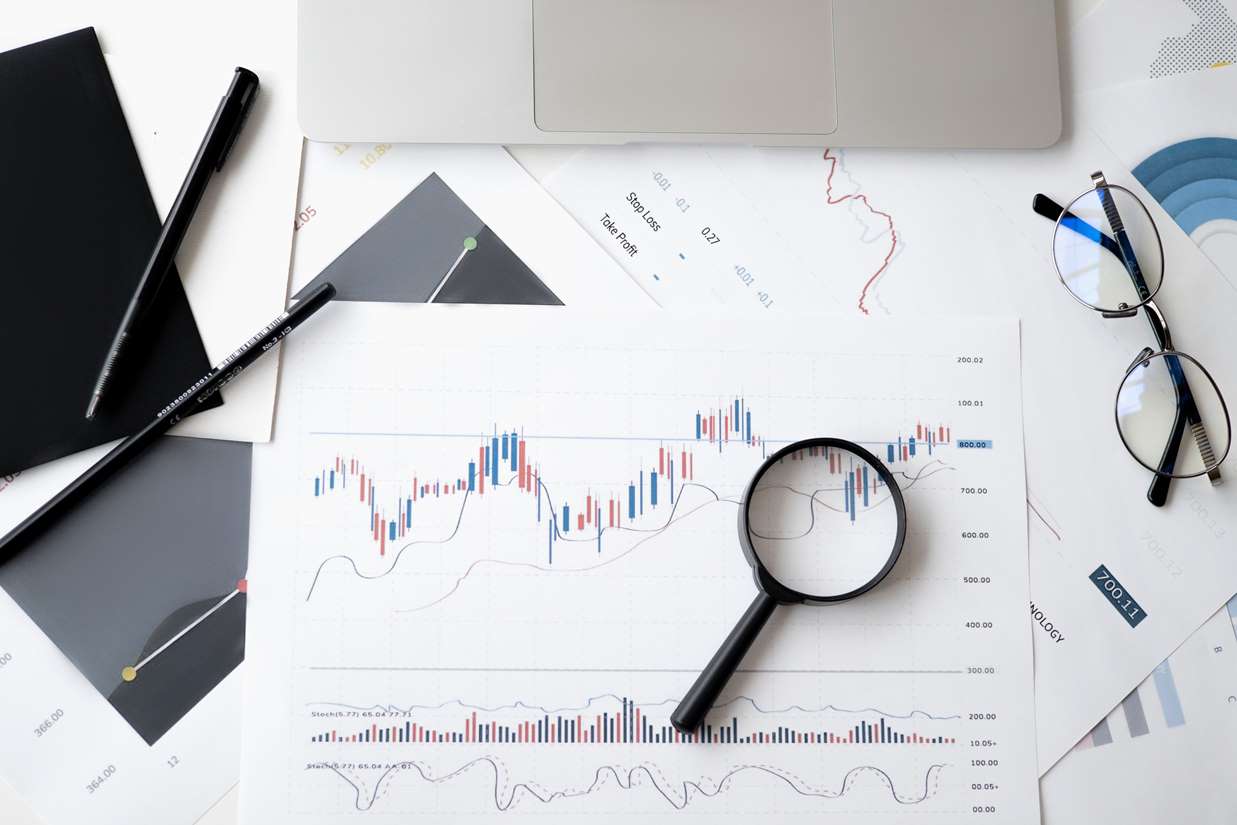Dive into the world of economics or finance, and sooner or later, you’ll stumble upon the term ‘commodity trading’. For some, it might bring to mind images of bustling stock exchange floors, traders signaling frantically, or perhaps a farmer analyzing crop prices. But what exactly is it, and how does it shape the world’s economic landscape? Let’s explore further.
Understanding the Basics
Commodities are basic goods used in commerce that are interchangeable with other goods of the same type. You can find out more from this commodity report from James Cordier. They are typically divided into two categories:
- Hard commodities: These are natural resources mined or extracted, like gold, oil, and natural gas.
- Soft commodities: These refer to agricultural products or livestock, such as wheat, coffee, and pork.
The act of buying and selling these commodities is what we term as commodity trading.
The Role of Commodity Markets
Commodity markets provide a platform for these transactions. These markets have a dual function:
- Price discovery: They reflect the equilibrium between supply and demand, resulting in a market-determined price for each commodity.
- Risk management: Through derivative contracts, they allow participants to hedge against potential future price fluctuations.
In essence, these markets ensure that there’s a transparent and standardized process for trading commodities, which facilitates global trade and supports economic growth.
Why Do People Trade Commodities?
Trading commodities isn’t just about physical exchange. Many participants have no intention of taking possession of the goods. Instead, they’re motivated by various factors:
- Speculation: Some traders seek to profit from price fluctuations without the intention of owning the actual commodity.
- Hedging: Producers and consumers of commodities might want to secure a certain price for their goods in advance to protect themselves against price changes.
- Diversification: Commodities often behave differently from stocks and bonds, so investors may add them to diversify their portfolios.
The Mechanics of Commodity Trading
Commodity trading can take place in two main ways:
- Spot market: This involves the direct purchase or sale of a commodity for immediate delivery. For example, buying a barrel of oil at today’s price for immediate delivery.
- Futures market: Here, parties agree to buy or sell a specific quantity of a commodity at a predetermined price, but the actual exchange will occur at a future date.
It’s worth noting that while the spot market deals with the actual commodity, the futures market primarily involves contracts based on anticipated future prices.
Factors Influencing Commodity Prices
The dynamics of commodity prices are influenced by a myriad of factors. Some of these include:
- Supply and demand: Basic economic principle – when demand exceeds supply, prices rise and vice versa.
- Geopolitical events: Wars, embargoes, and other geopolitical tensions can impact the availability and, subsequently, the price of certain commodities.
- Currency strength: Since many commodities are globally traded in dollars, the strength of the dollar can impact commodity prices.
- Weather patterns: Unpredictable weather can affect crop yields, influencing supply and subsequently price.
Commodity trading is an integral cog in the vast machinery of global economics. It’s more than just the buying and selling of goods – it’s about navigating the complex interplay of supply, demand, geopolitics, and even nature itself.
WATCH TOP VIDEOS FROM NIGERIAN TRIBUNE TV
- Let’s Talk About SELF-AWARENESS
- Is Your Confidence Mistaken for Pride? Let’s talk about it
- Is Etiquette About Perfection…Or Just Not Being Rude?
- Top Psychologist Reveal 3 Signs You’re Struggling With Imposter Syndrome
- Do You Pick Up Work-Related Calls at Midnight or Never? Let’s Talk About Boundaries







